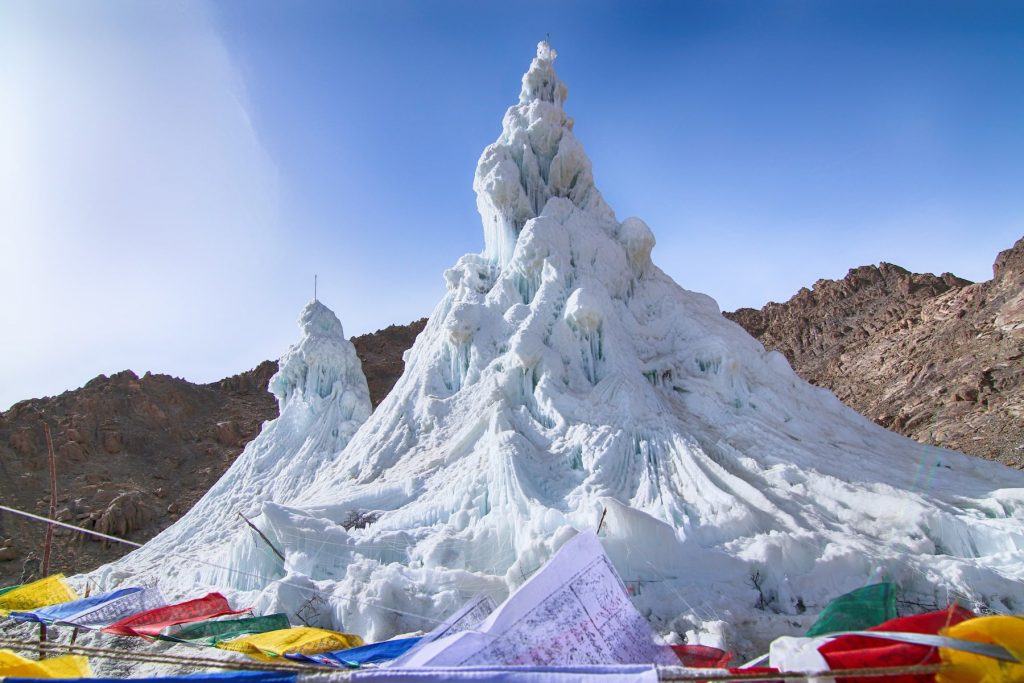
Building Artificial Glaciers for an Agricultural Future in Ladakh
Climate change continues its grim march from concept into everyday reality. It is people that are at the climate extremes of the world that are experiencing the changing weather’s effects first. One of these areas is the Ladakh region of India, a high Alpine desert which is nestled deep in the Himalaya.
Ladakh
In the Himalaya, the rapid melting of glaciers has created a variety of ecological changes. These changes affect the mountain-dwelling people directly. These changes include erosion caused by the retreating ice grinding up mountain bedrock. This process previously took centuries and led to the formation of moraines. It is now greatly expedited. The resulting spring flooding causes damage to both waterways and villages. There are also prolonged droughts when the period of spring runoff occurs in a progressively shorter length of time.
The rural areas of Ladakh have been dependent on glacial runoff and melting for their fresh water for millennia. While the desert valleys of the Ladakh Himalaya are far from easy places to inhabit, they were the natural place for the mountain-dwelling people to settle due to access to the freshwater created by glacial melting. Today that process of runoff has become condensed, leading to the mentioned flooding and cycles of extreme drought.
Ice Stupa
While the people of Ladakh are no strangers to this drought, especially in the months of April and May when the Himalayan glaciers remain frozen, the Ladakhi engineer and humanitarian Sonam Wangchuk has developed an elegantly simple system to preserve and extend the fresh water which supplies villages in the region. He has developed a proof of concept of what he calls an “Ice Stupa”, which are essentially tiny man-made glaciers. These glaciers are created through surprisingly simple means: Wangchuk has developed a system of gravity pipes which transport water from high alpine sources and use the natural pressure of the piped water to push it into a fountain shape at the pipe’s bottom. The winter temperatures here drop to -20C which causes the piped water to freeze immediately upon contact with the winter air.

What forms are the ice stupas, formations of ice which melt slowly due to the thermodynamics of their conical shape? These ice stupas are then used to irrigate a variety of lifegiving crops including apricots, apples, and wheat. Wangchuk’s goal with his invention is to turn his entire desert green by harnessing the power of the melting glaciers. As he puts it, “We should go beyond just solving it, into turning it into an opportunity to green the deserts that were never green by our ancestors.” In this project, Wangchuk has created a successful model to not just slow the ecological and social effects of climate change. He also uses the factor of the changing climate to develop a highly sustainable future forestation and agriculture project.
Wangchuk’s Project
If you would like to learn more about the ice stupas or Wangchuk’s project, housed under the new Himalayan Institute of Alternatives Ladakh (HIAL) and supported by His Holiness Drikung Skyabgon Chetsang Rinpochey, there are educational videos starring Wangchuk linked below.
“Sonam Wangchuk, Rolex Awards Laureate”
“Inside the Making of Ice Stupas with Sonam Wangchuk in Ladakh”
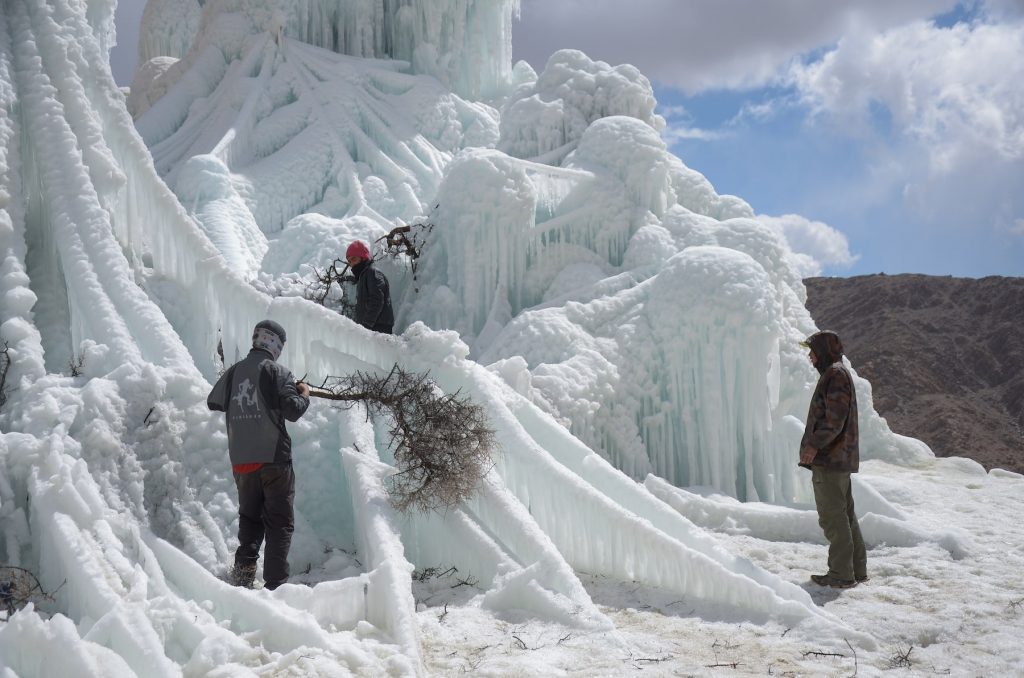
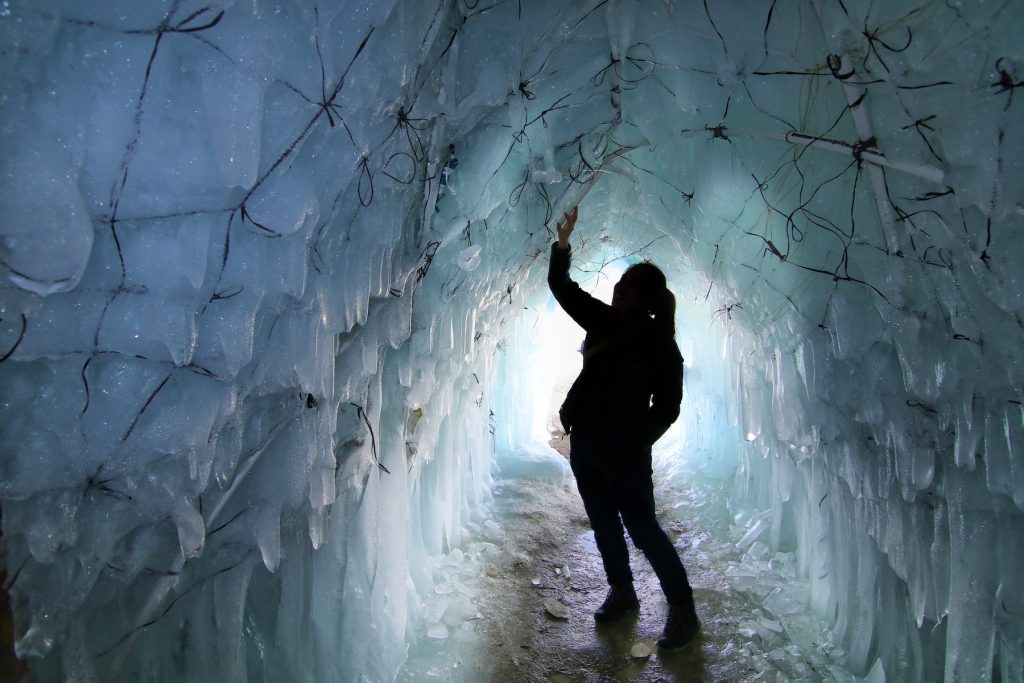

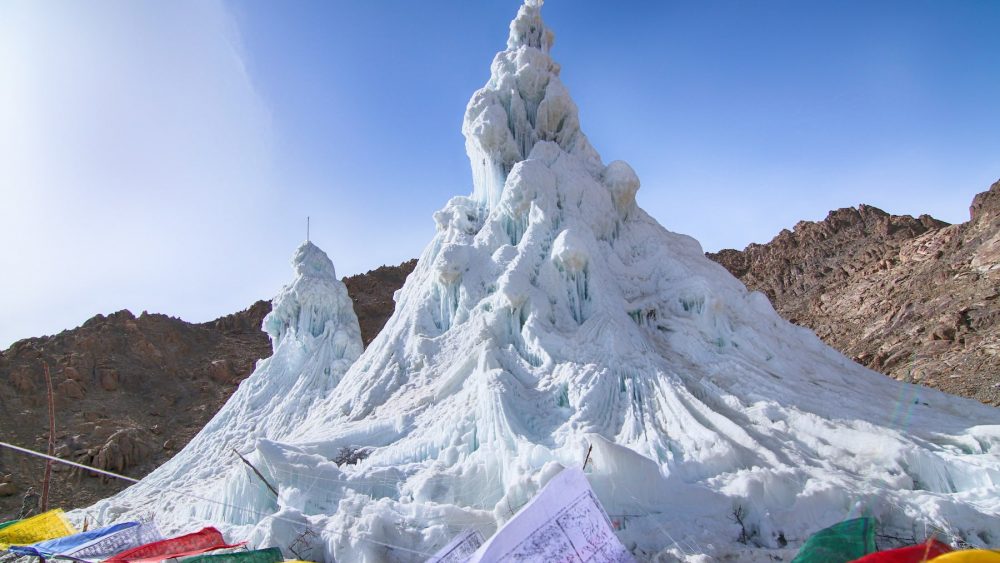

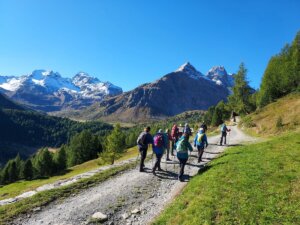





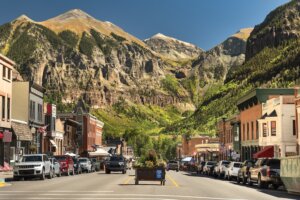

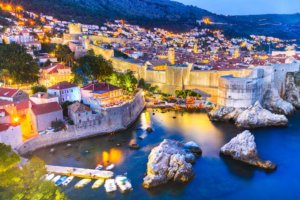
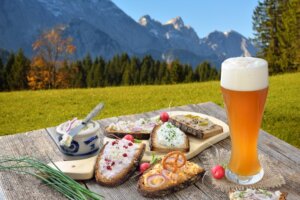









Comments are closed.